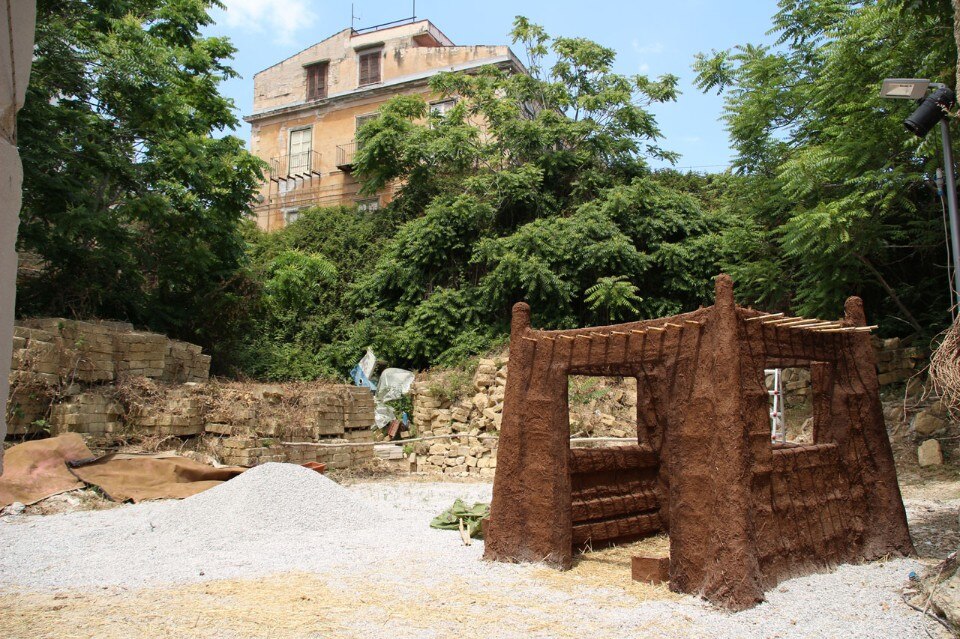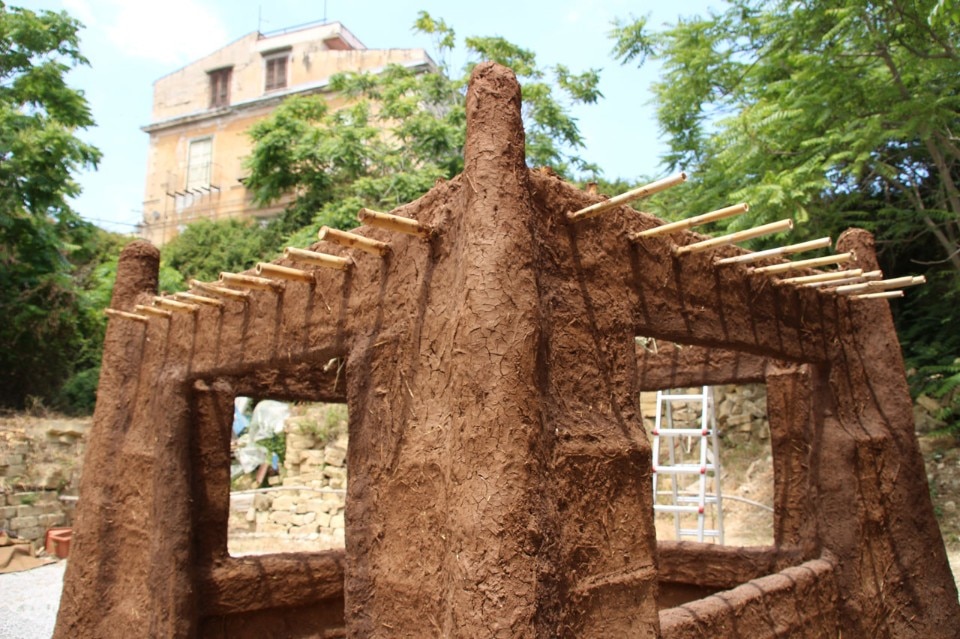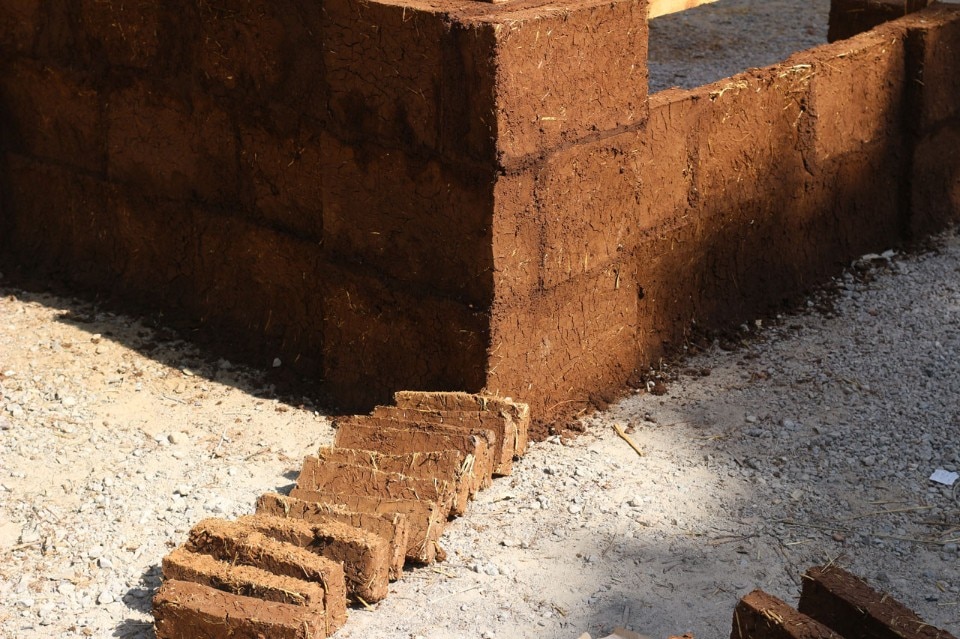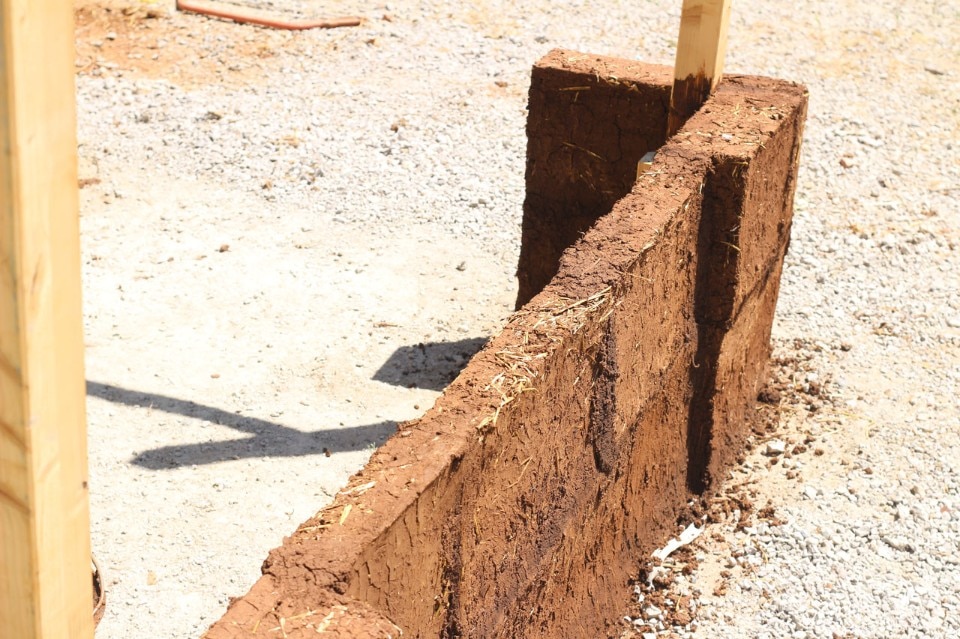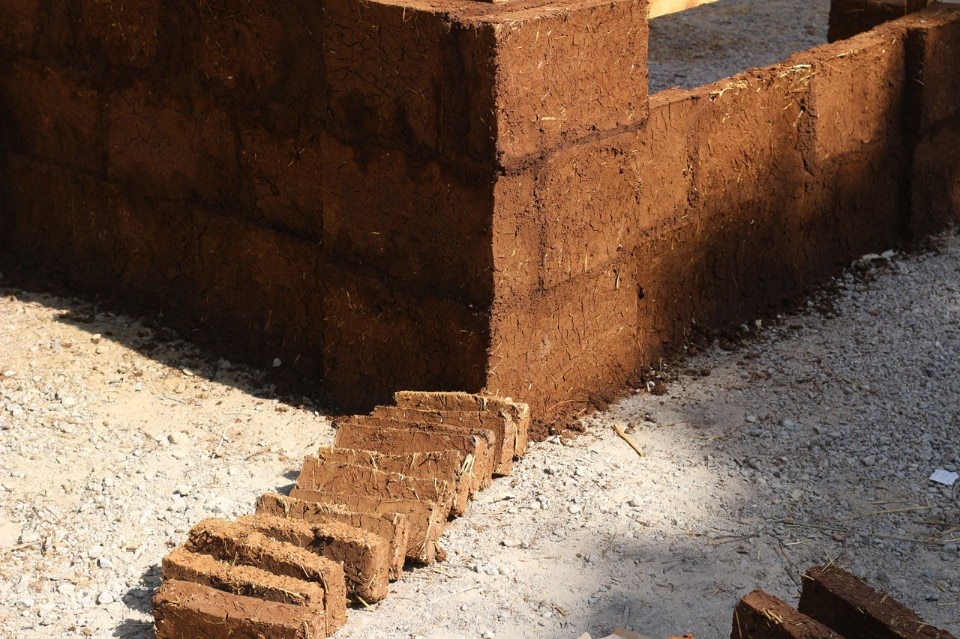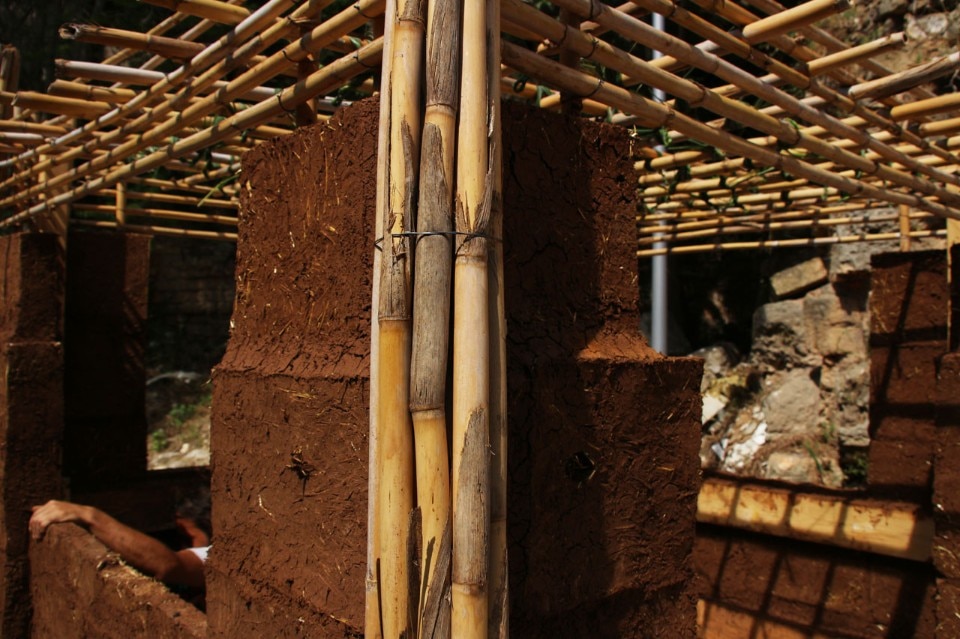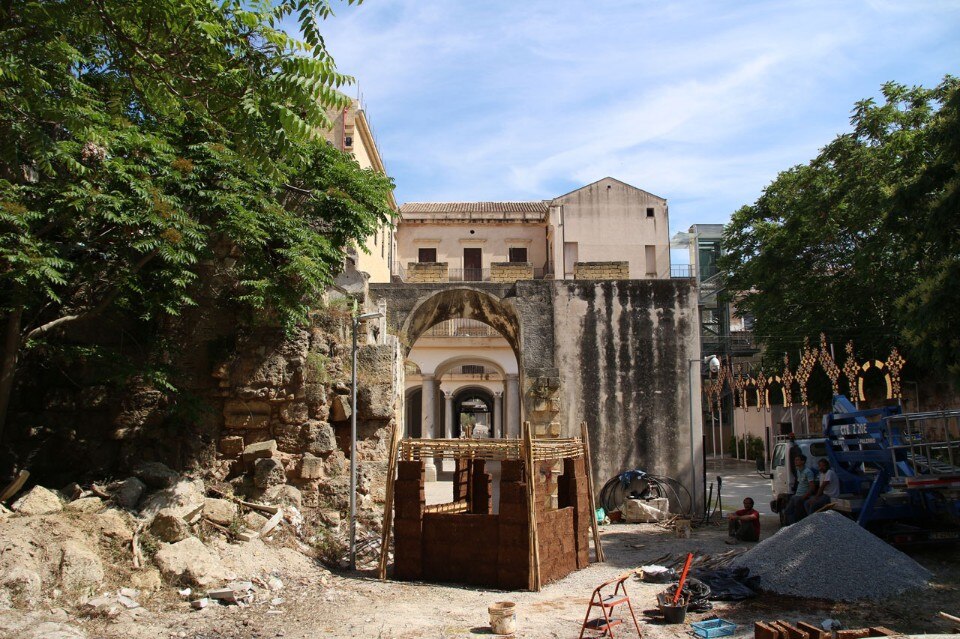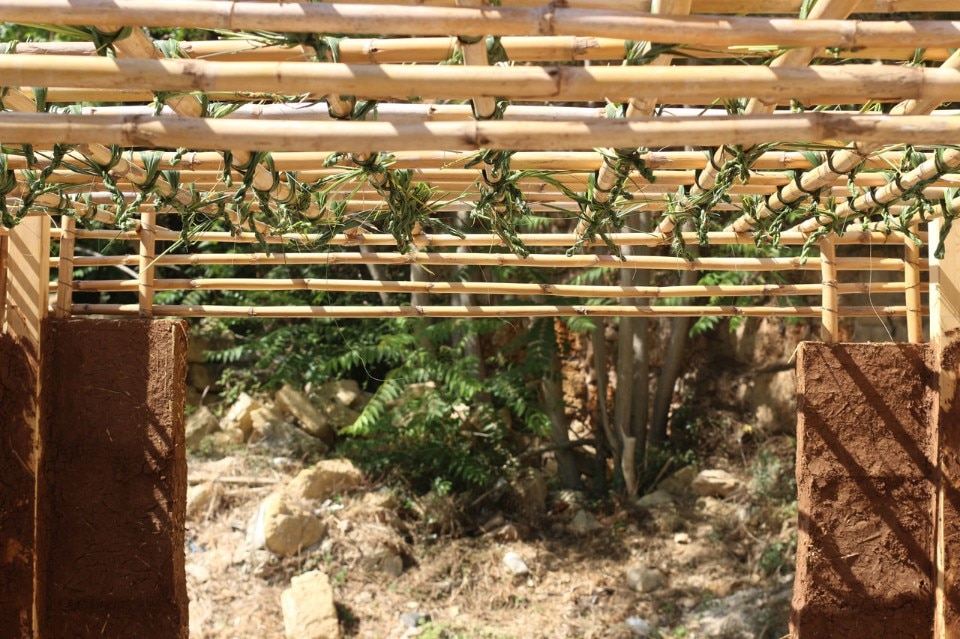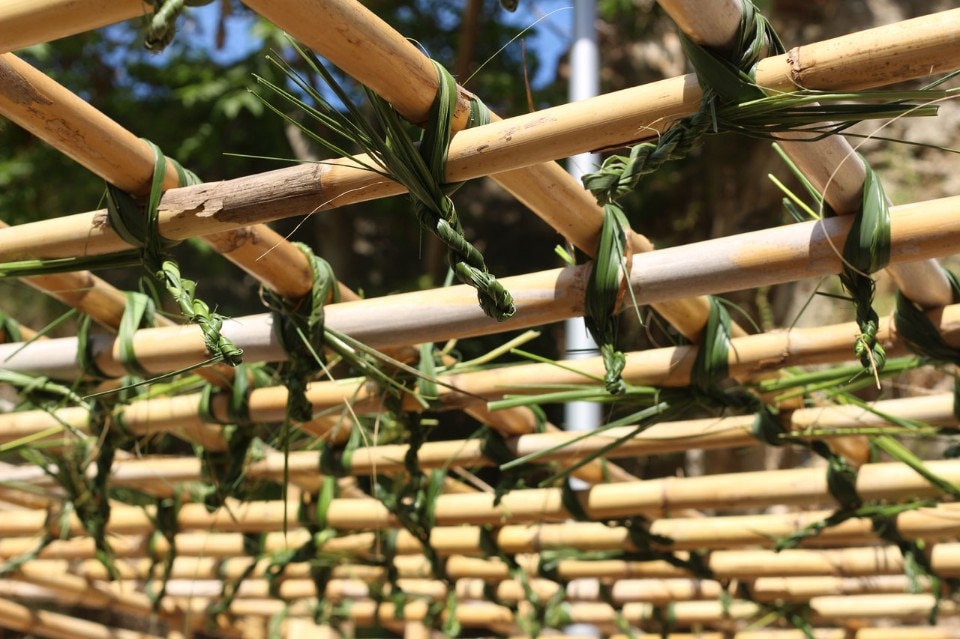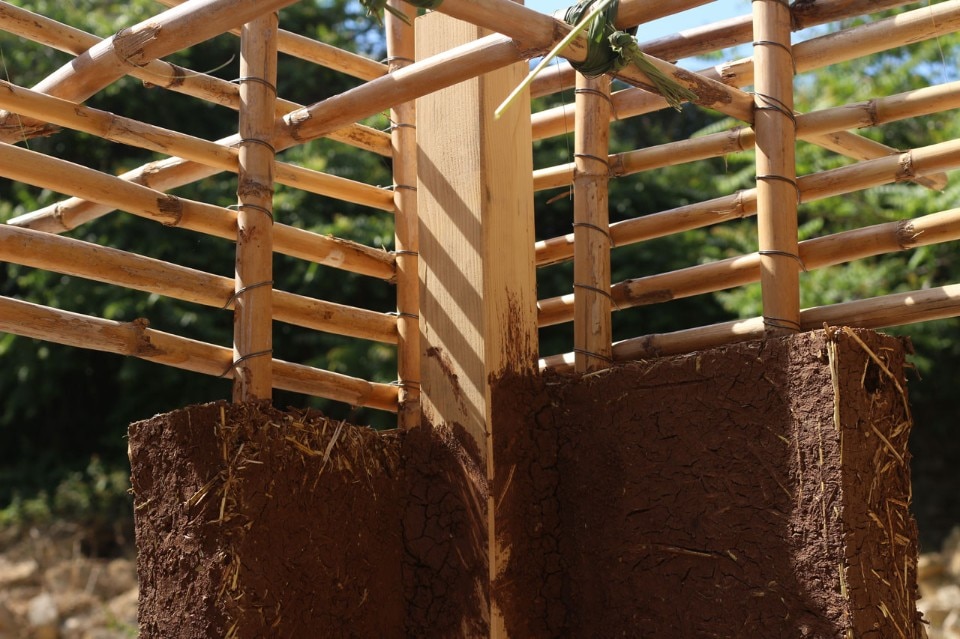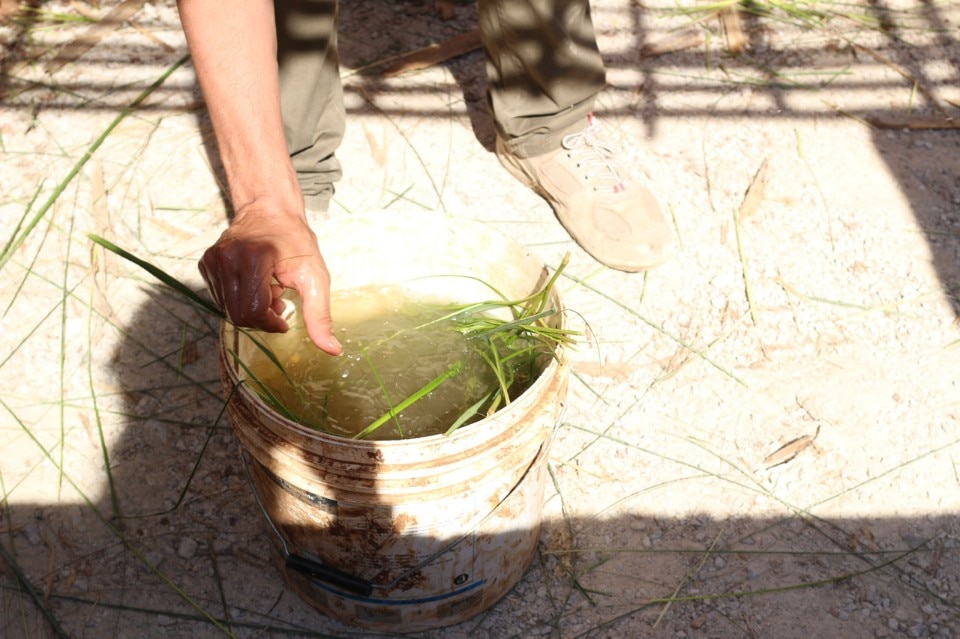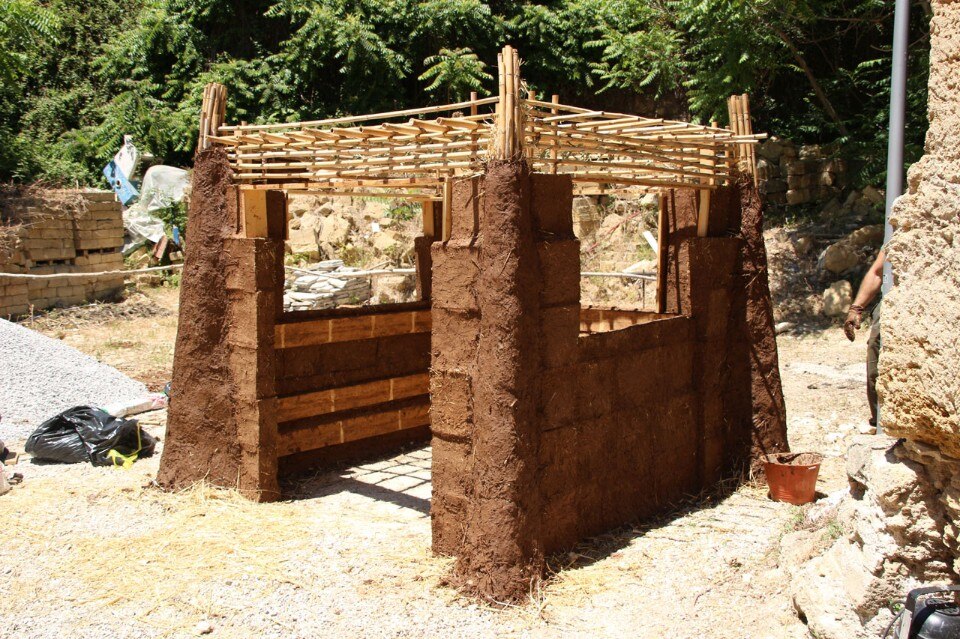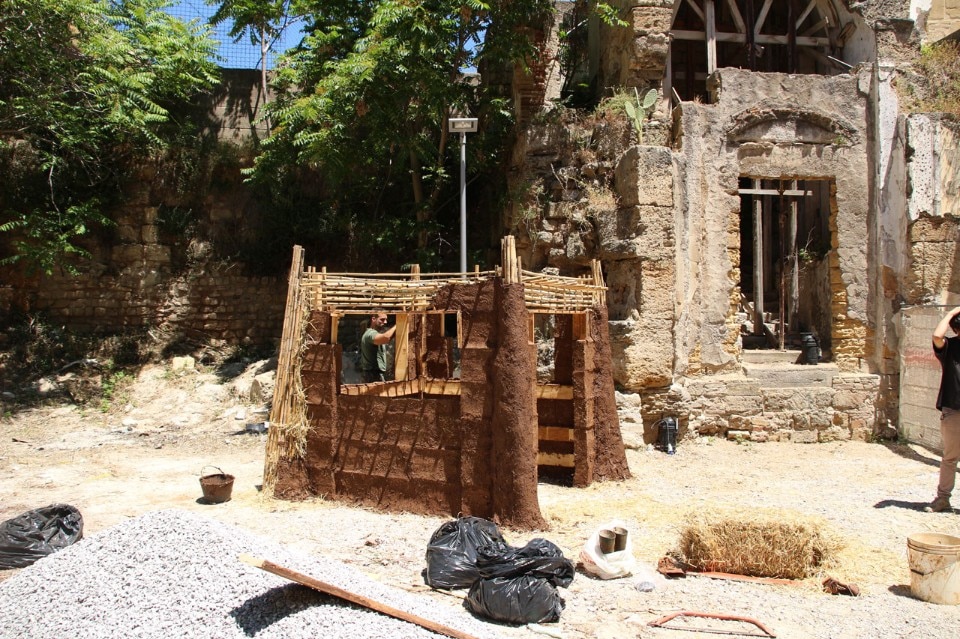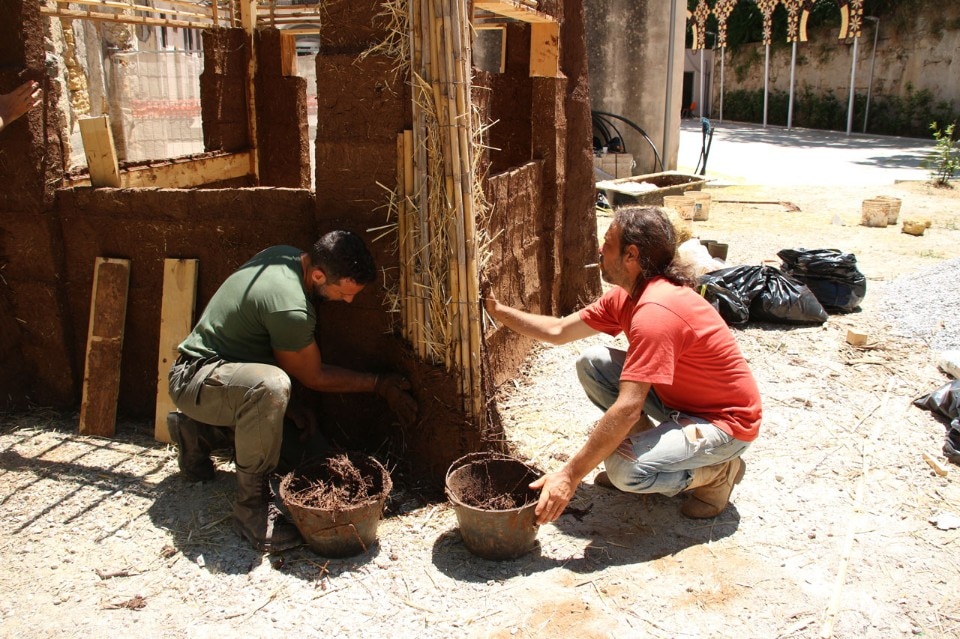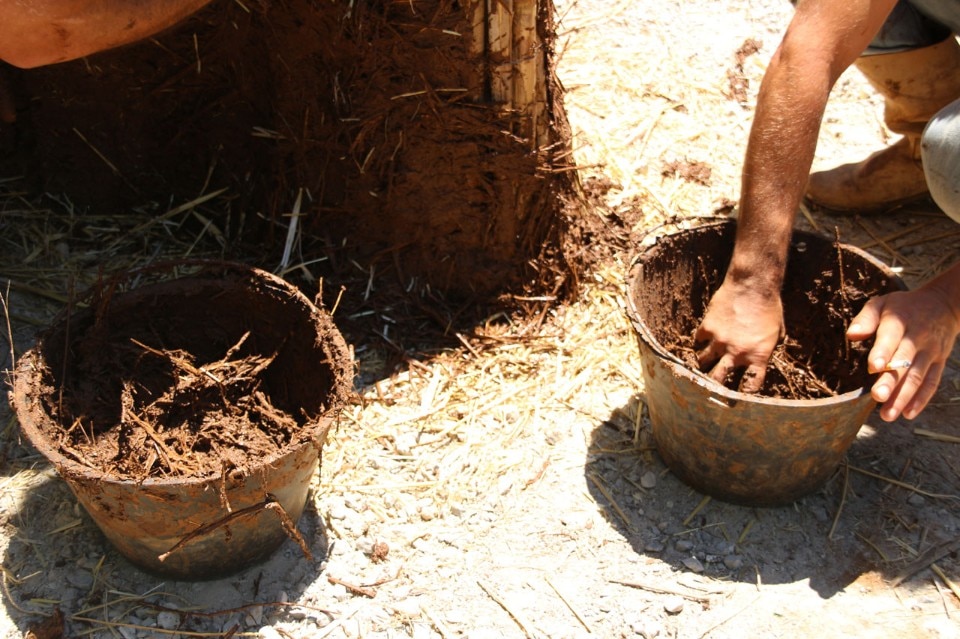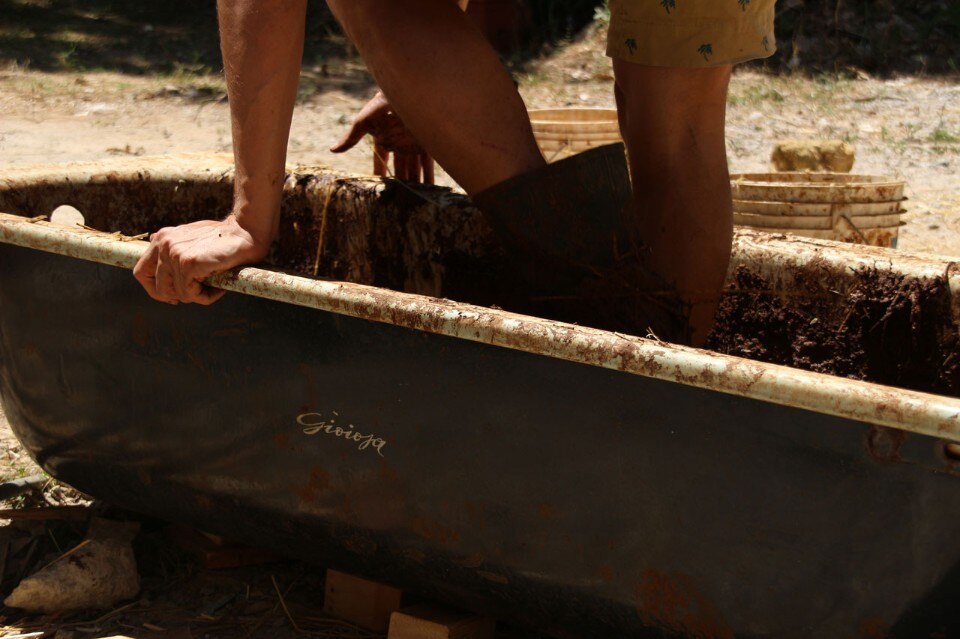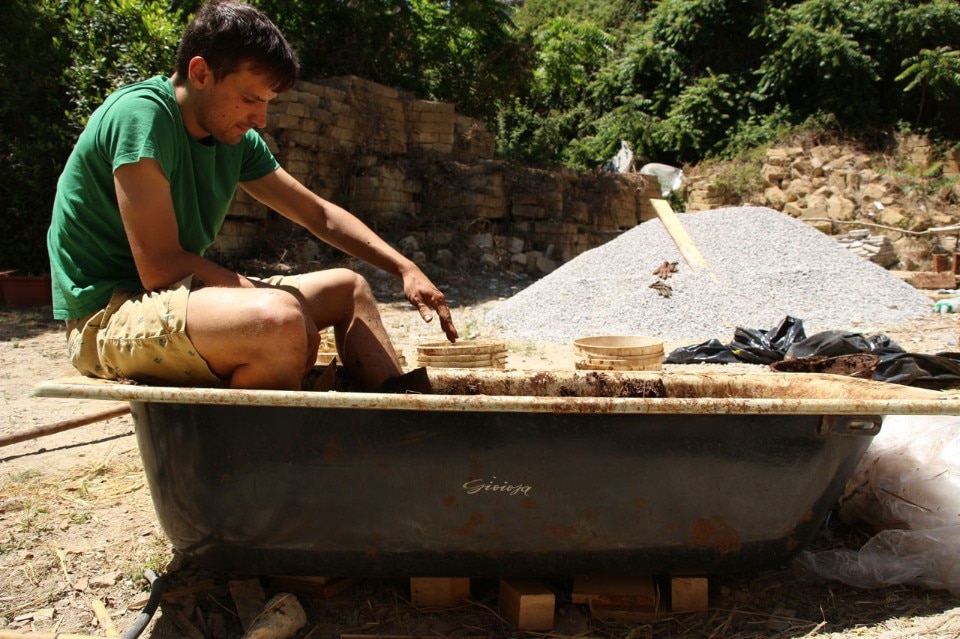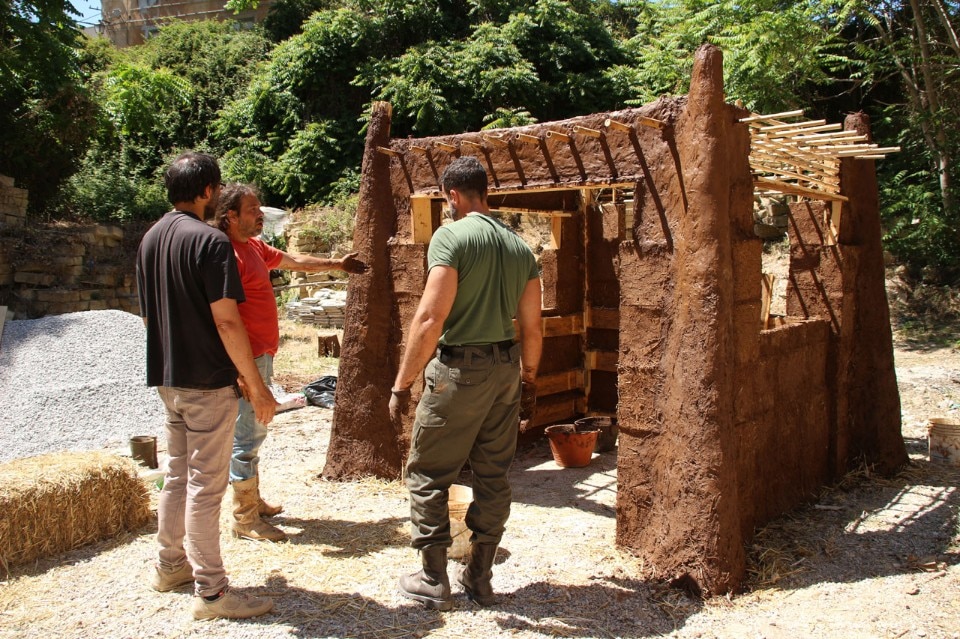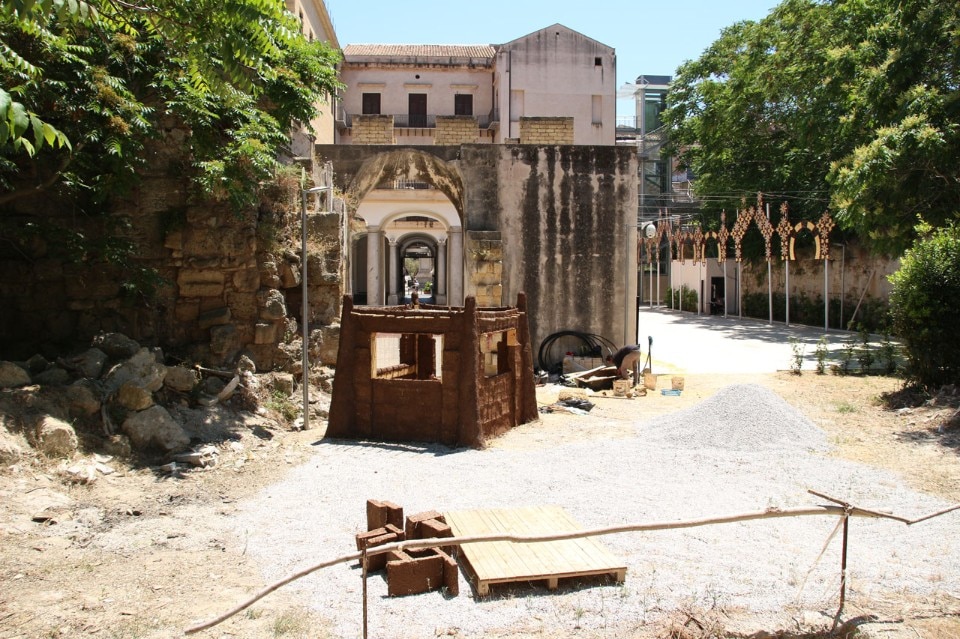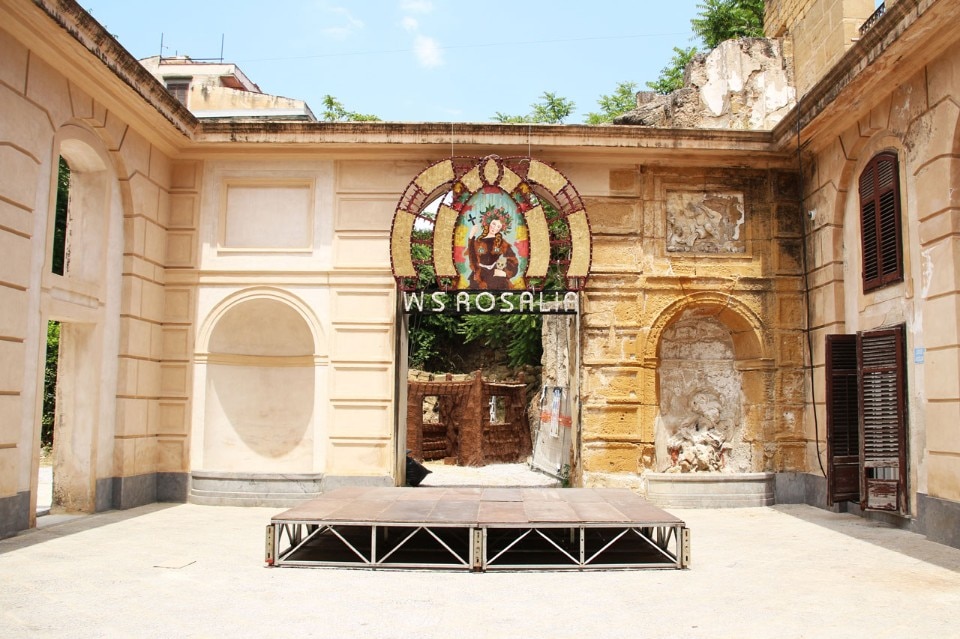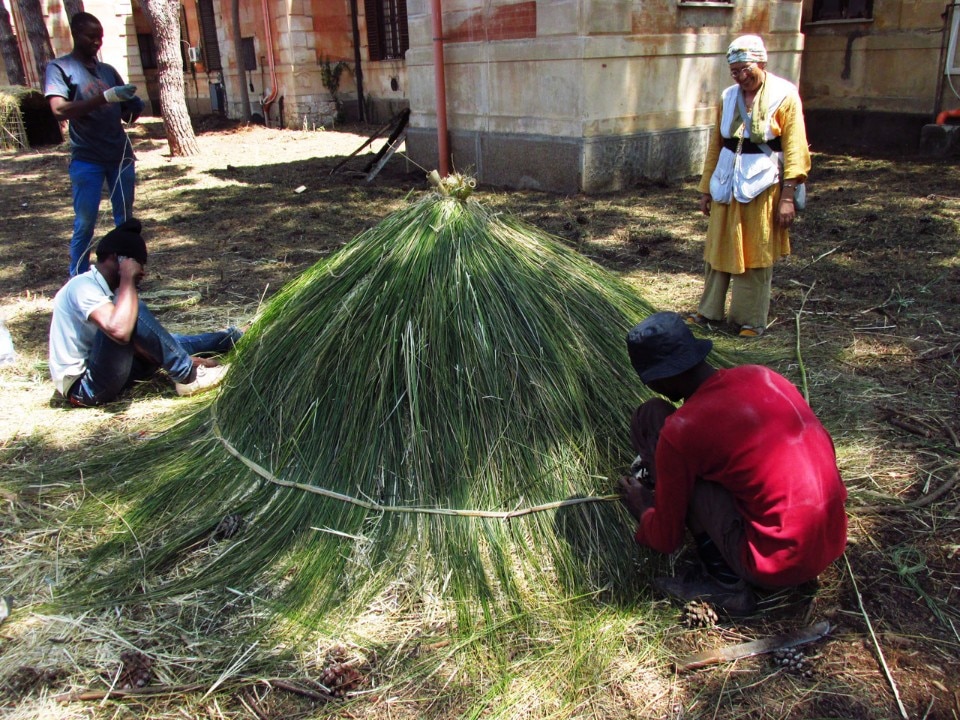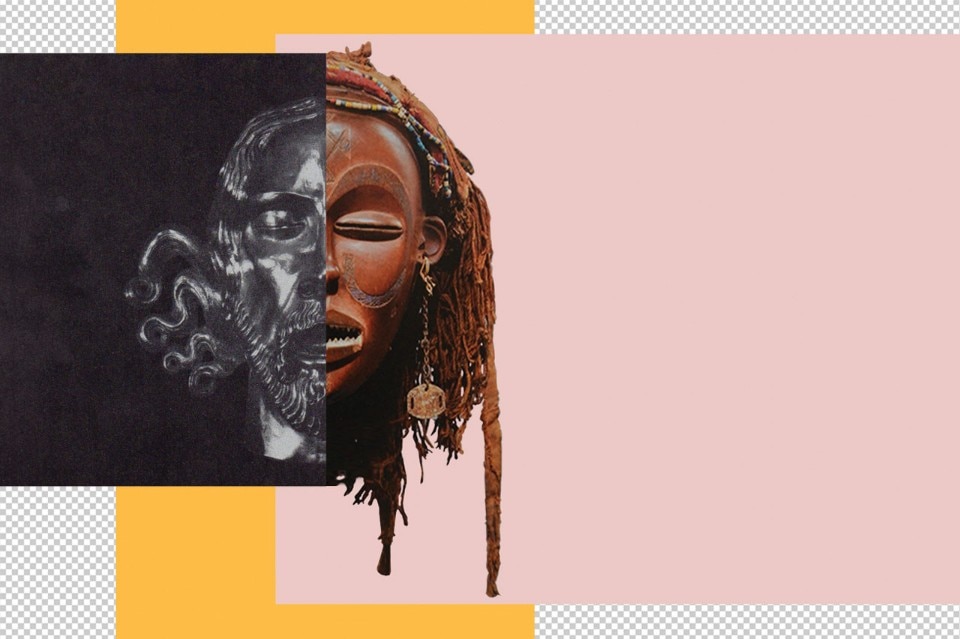As it awaits to host Manifesta, Palermo is experiencing an interesting phase of cultural activity even as regards design, thanks especially to the work of Zeno Franchini and Francesca Gattello, aka Marginal Studio. We met up with them to discuss their work.
In 2016 you opened your studio in Palermo. What’s the reason for this choice and what context did you find there?
We chose Palermo for its history as a city of transit and crossroads of countless cultures. It’s a complex, challenge-filled place. Palermo allows us to work with an enviable quality of life and incredible production potential from its artisans.
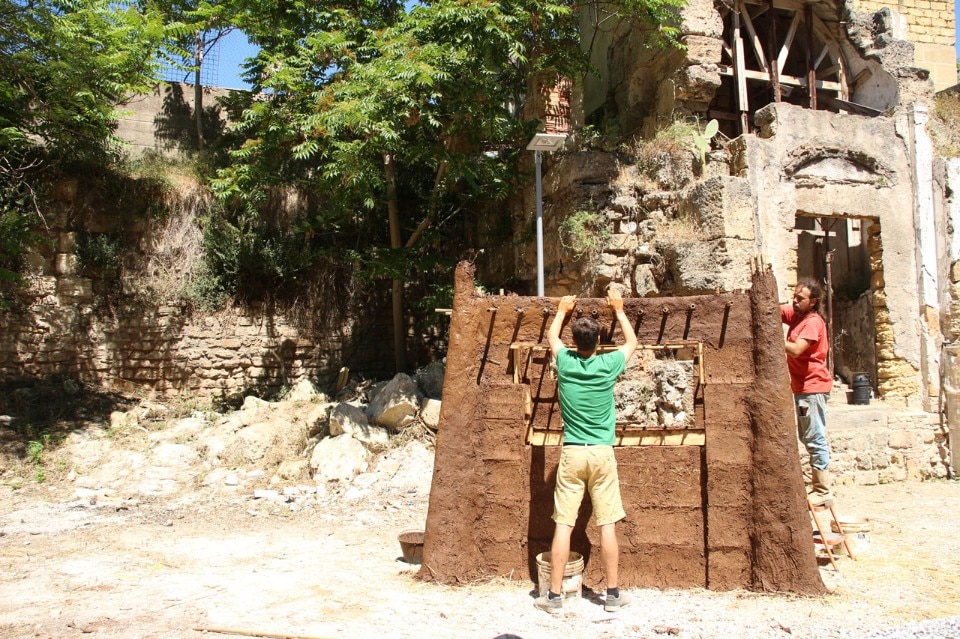
 View gallery
View gallery

You define yourselves as a research studio that explores the disciplinary margins of design and the role it can have in creating society. Could you explain?
We try to explore the role design may play beyond industrial production, which today is limited in Italy. In Western, post-industrial societies, designing means coming to terms with a very complex social and environmental context. And adding a new product isn’t always the answer. That’s why we need to expand the field as much as possible by collaborating with other scientific disciplines. In our case: environmental scientists, geneticists, agronomists, sociologists and other experts, who rarely are a part of creative processes.
In particular, your work is involved with analysing and proposing projects that consider the flow of migration as a factor of transformation. It’s a complex topic that’s not really explored in the world of design. What’s the reason for this and what projects are you working on now?
We’re restoring an industrial pavilion on the Zisa culture worksite in collaboration with CRESM (Centro Ricerche Economiche e Sociali per il Meridione). The first commission is to salvage a historic brand from Palermo – the Mobilificio Ducrot: we’ll create a collection for Enrico Ducrot, the family’s heir. Another project of ours is the MADE Program, the Art and Design Academy of Siracusa; we are tutors for their design course. This experience of interacting with future Sicilian designers has enriched us very much.
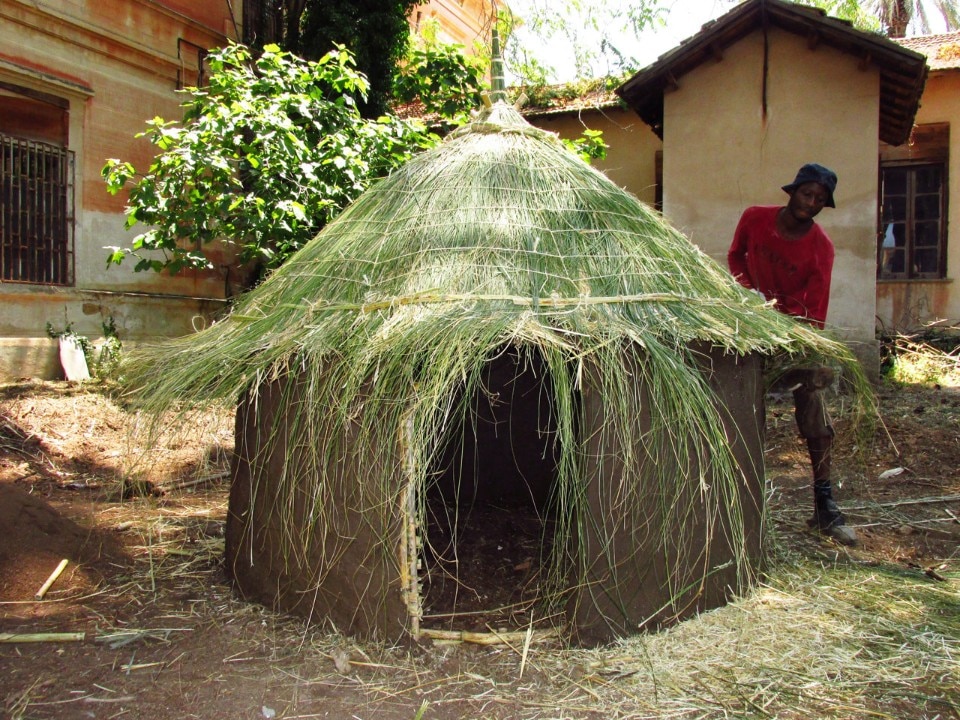
 View gallery
View gallery

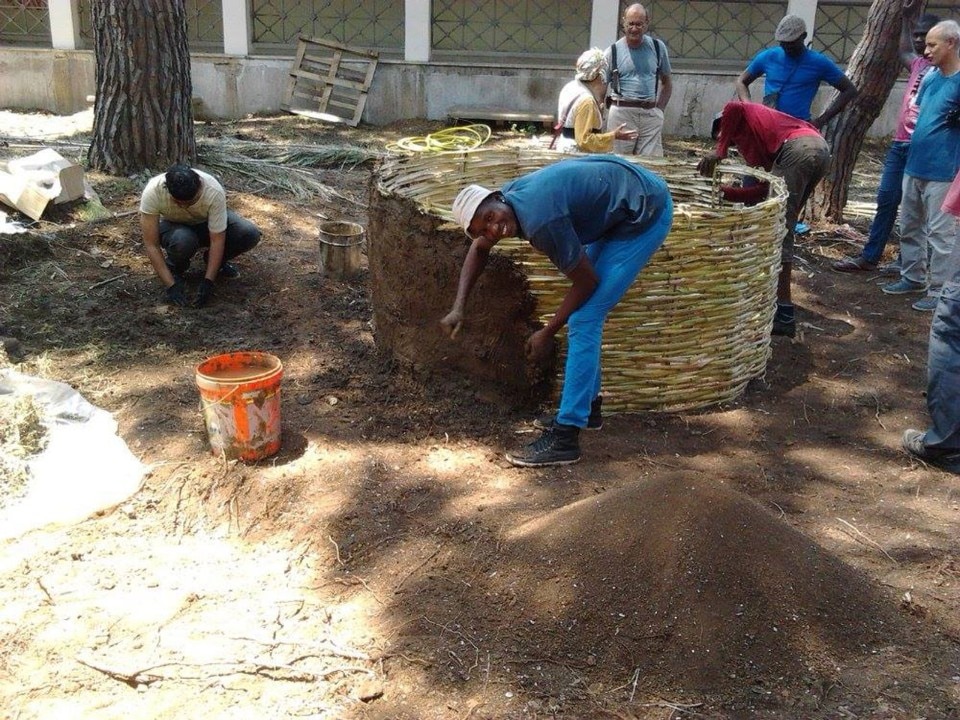
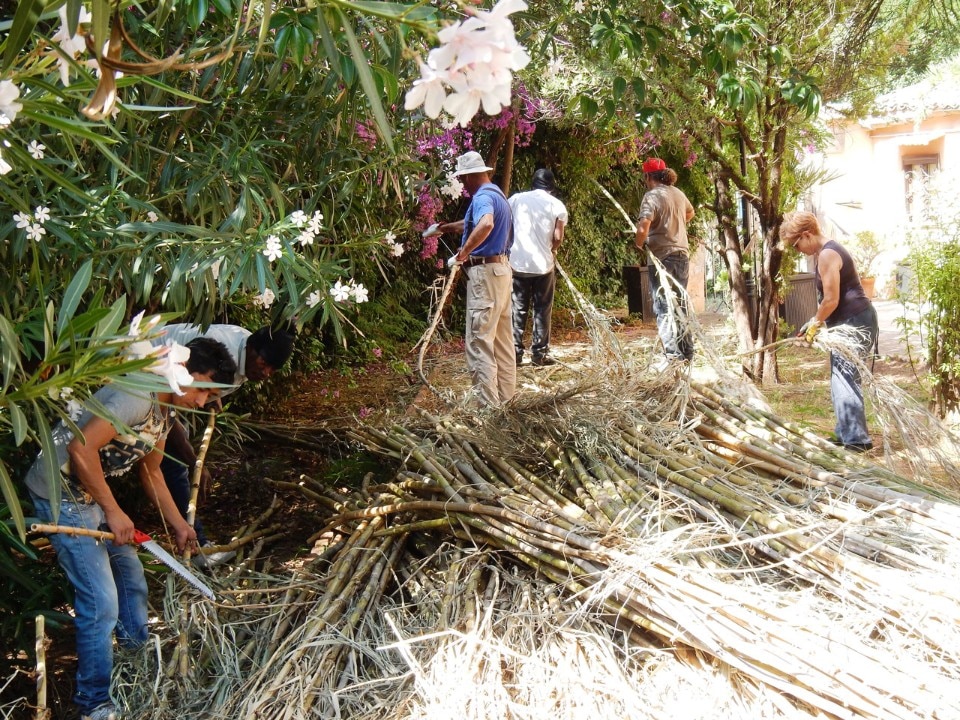
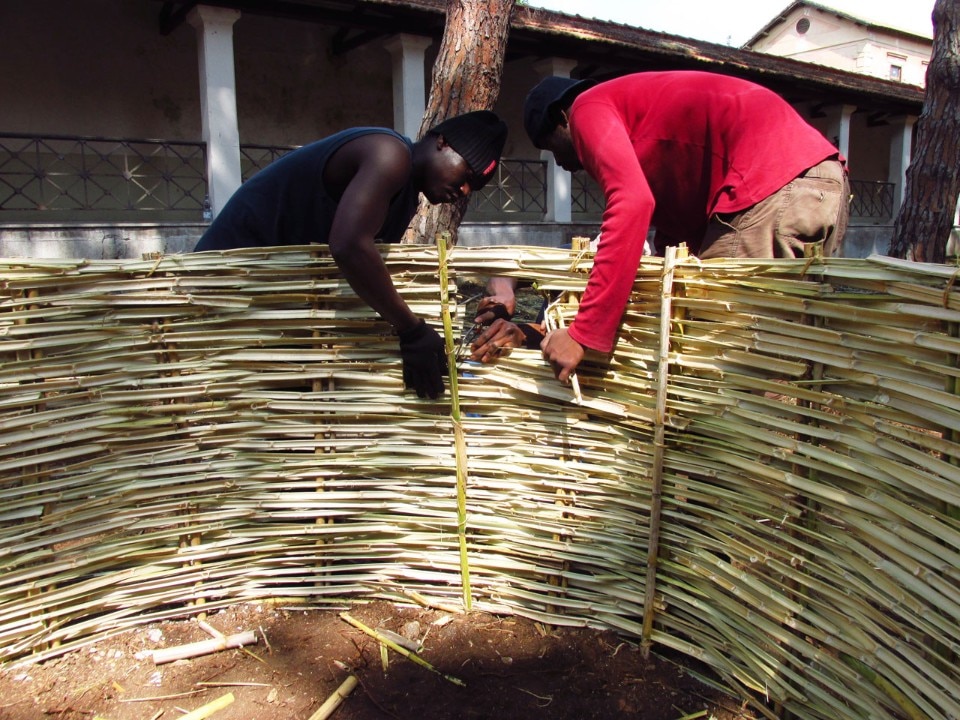
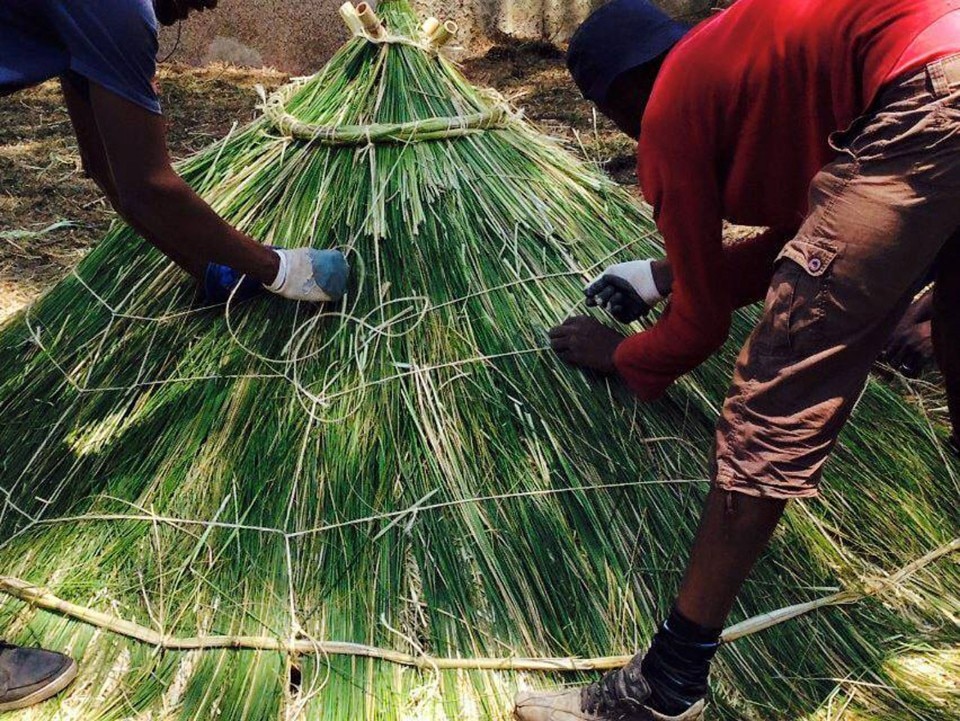
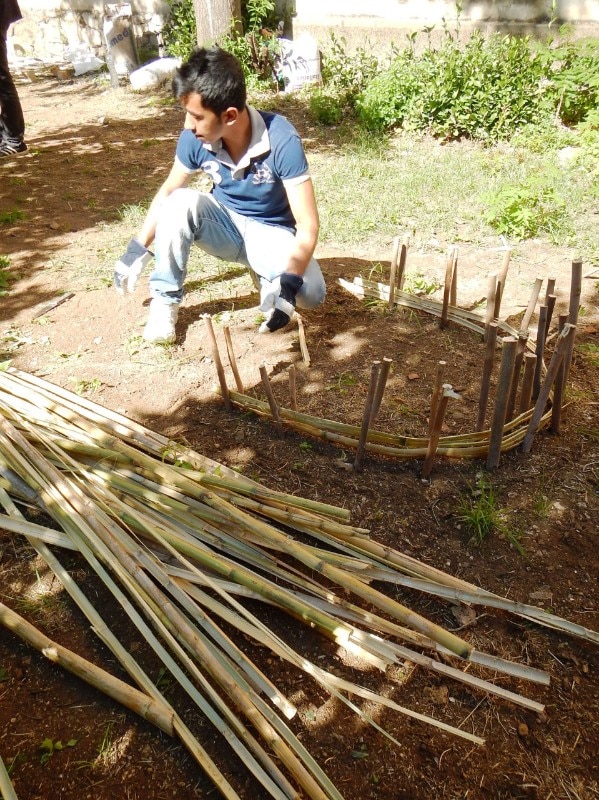
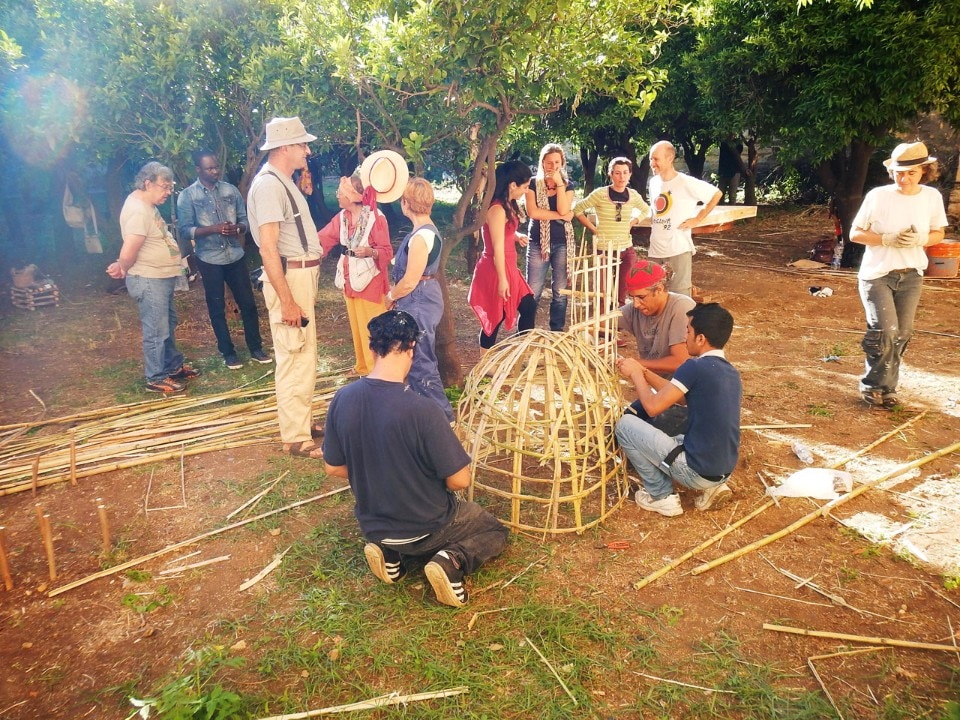
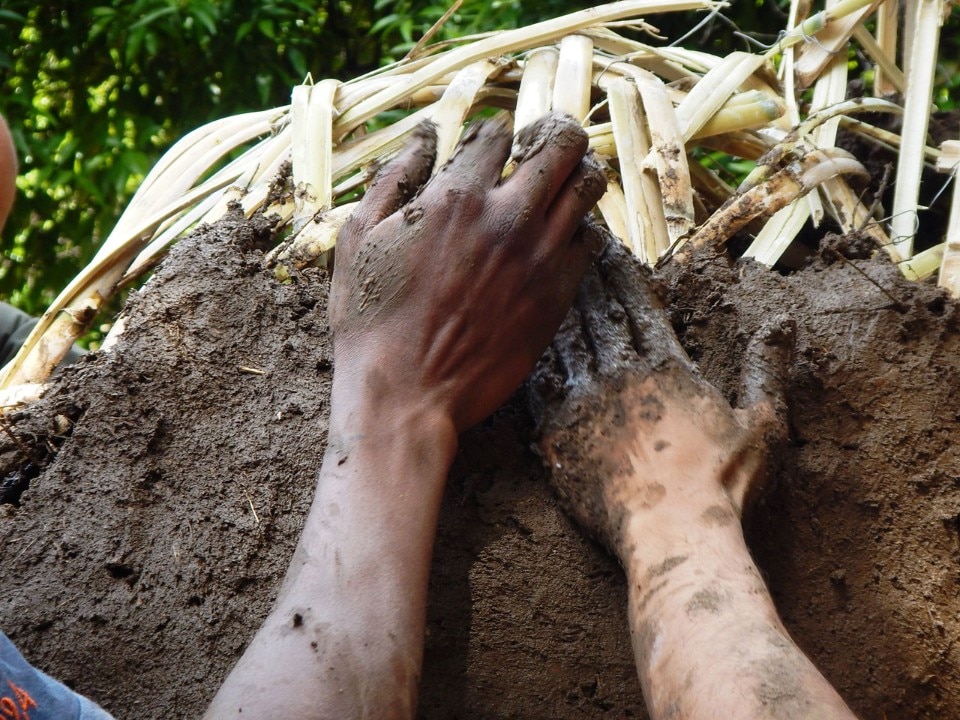
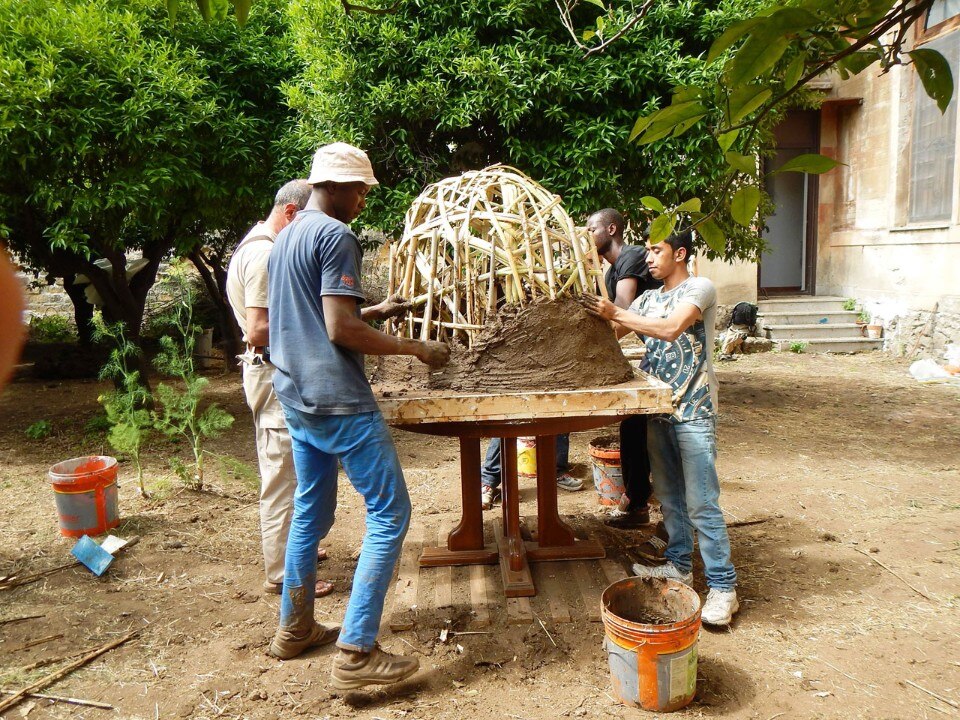
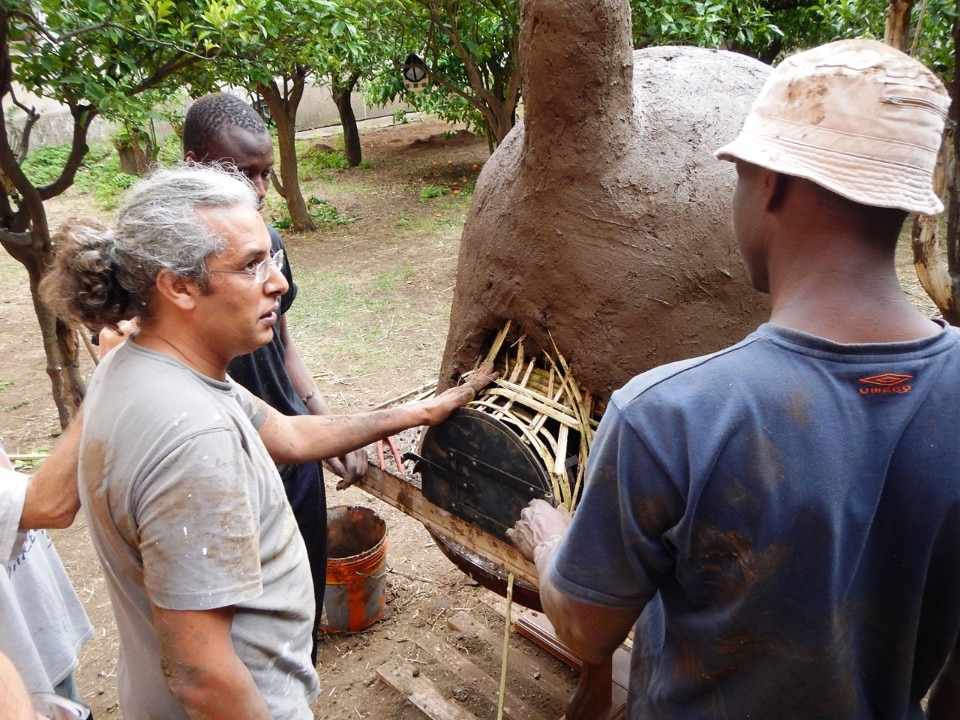
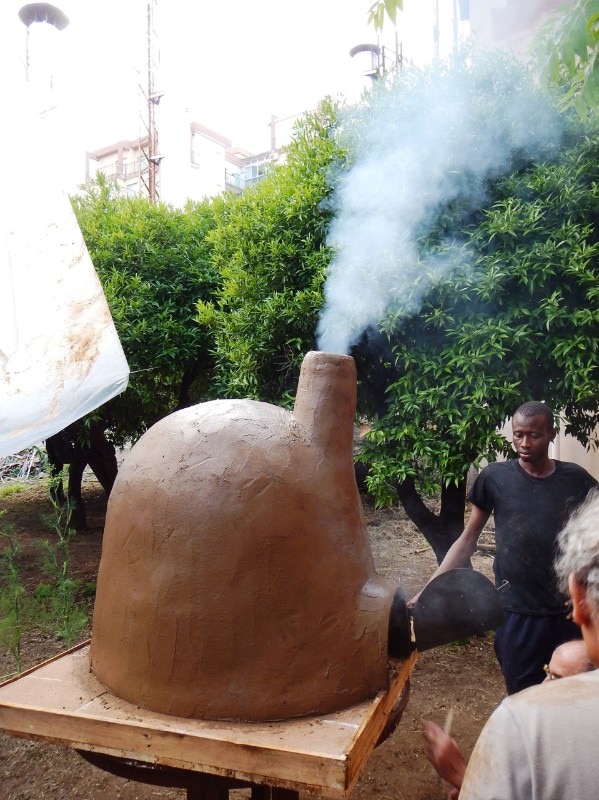
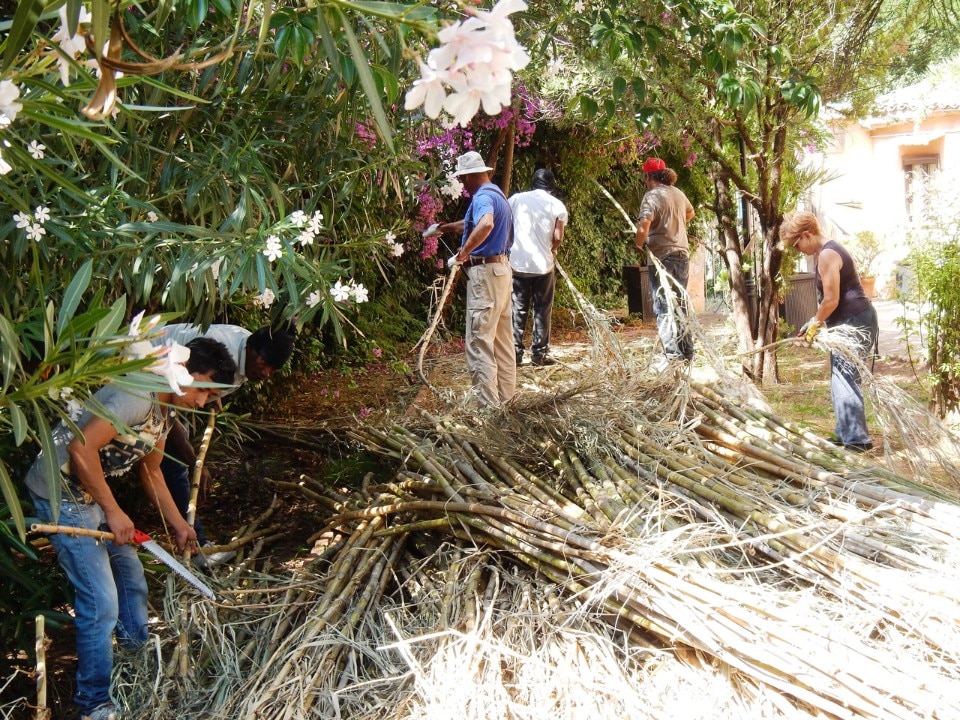
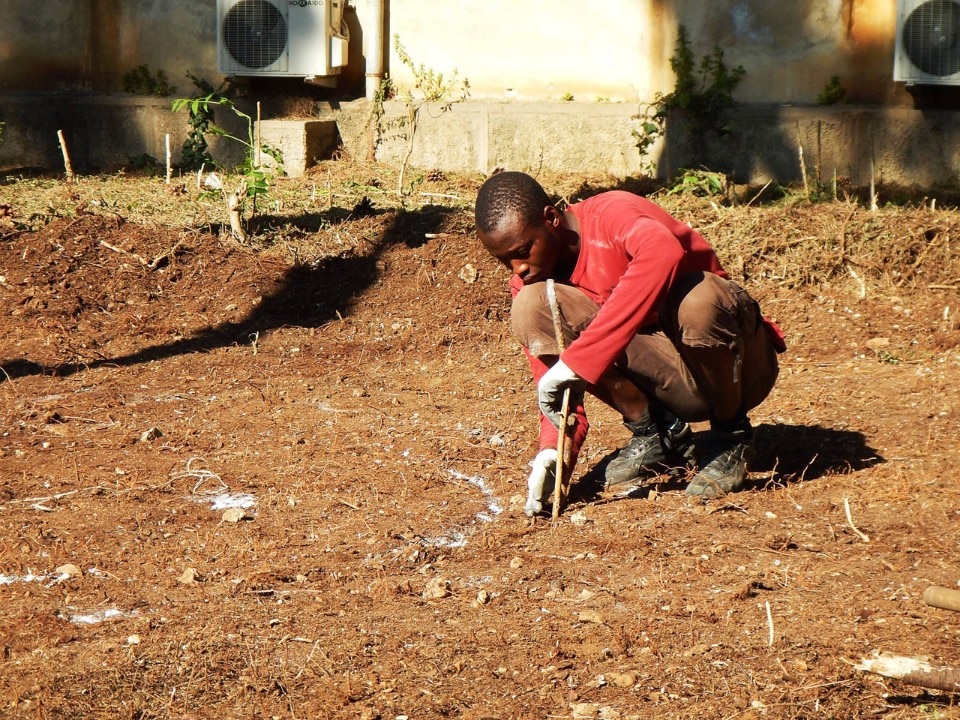
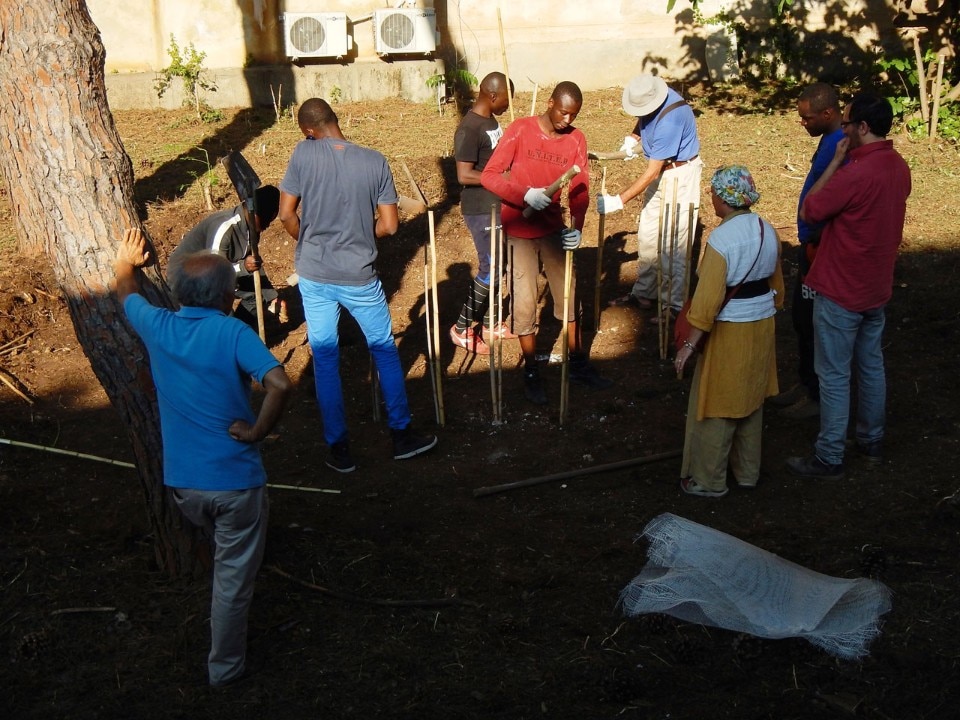
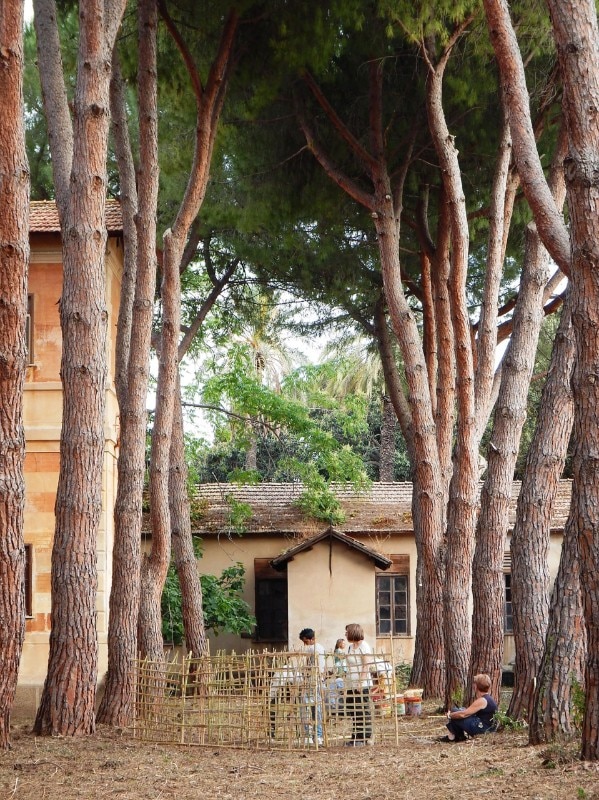
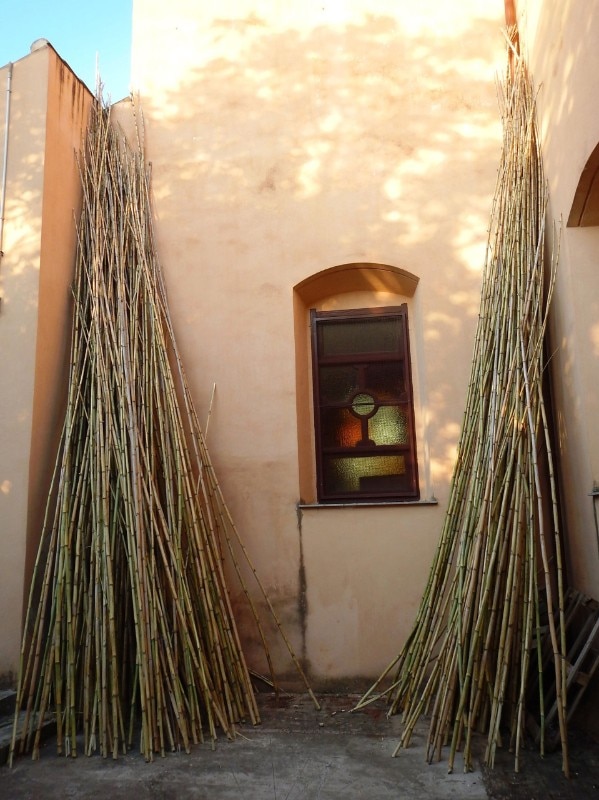
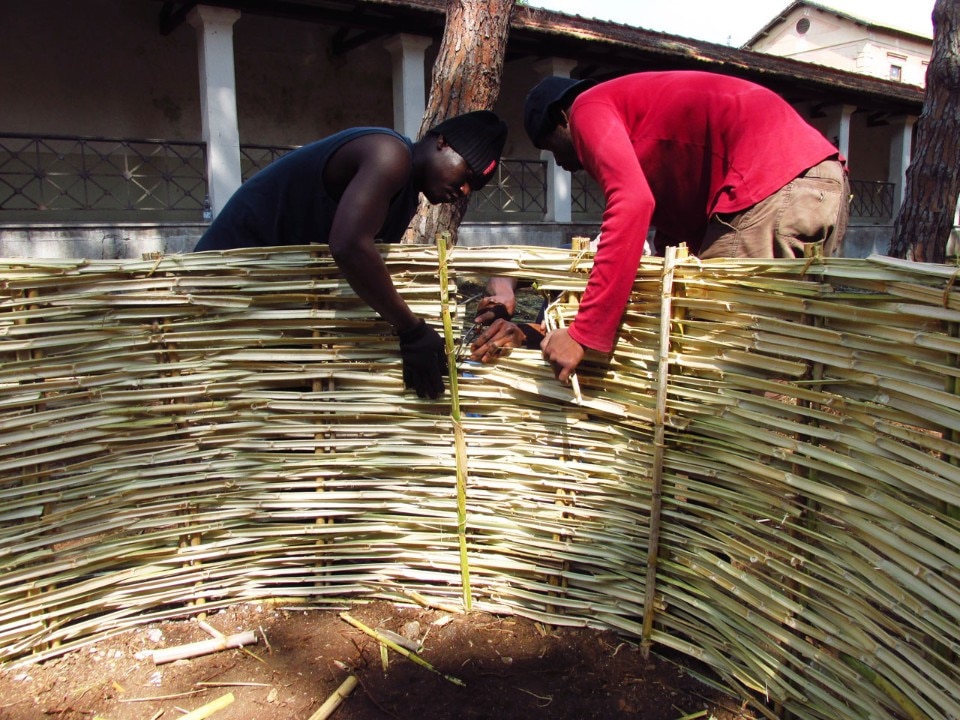
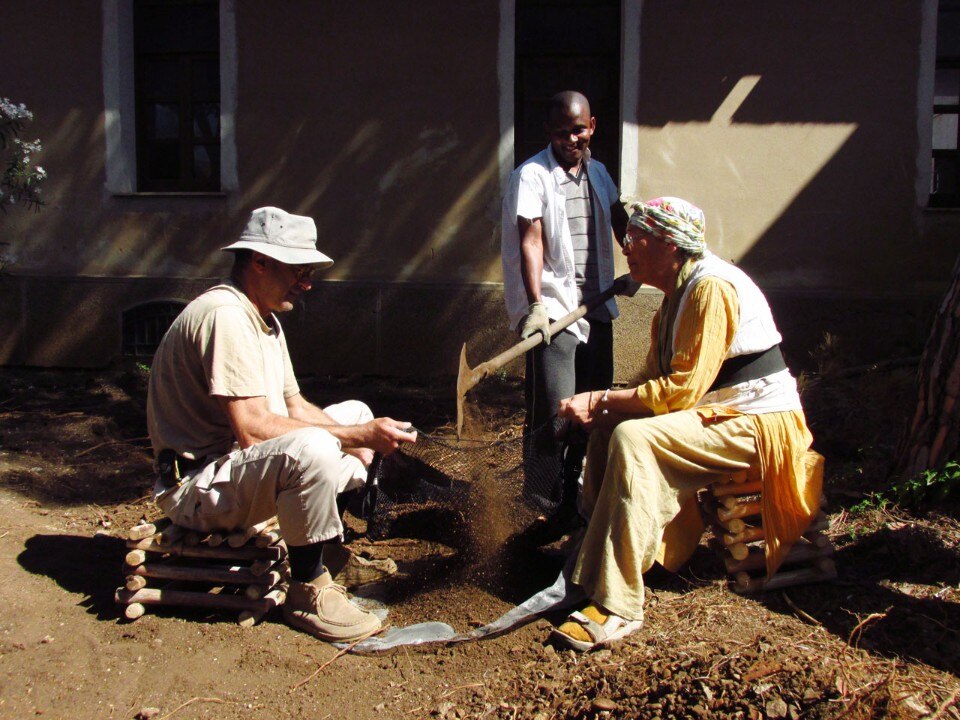

It seems that Khi-Mi-Kunti best expresses your idea of design, intended as a factor of constructive dissent to experiment a necessary disciplinary reconsideration that is also a form of social practice and political awareness. Could you describe the project and expand on the developments and scenarios it opens in this context and beyond?
The project stems from our interest in analysing local craftsmanship in a globalised context like today’s, where mass migration still exists. In our encounters we seized the opportunity to assemble local artisans, who struggle to stay on the market, and migrants, whose skills and knowledge are often ignored or belittled. Therefore, our goal is to be facilitators in the process we call “social production”, seeking out expert artisans, excellence, forgotten materials and workmanship, while designing handmade objects that can be tools for reinterpreting traditional techniques. We attempt to introduce new themes, at times provocative with respect to tradition, like digital technological processes applied to craftsmanship. We also try to avoid reproducing consolidated motifs and forms.
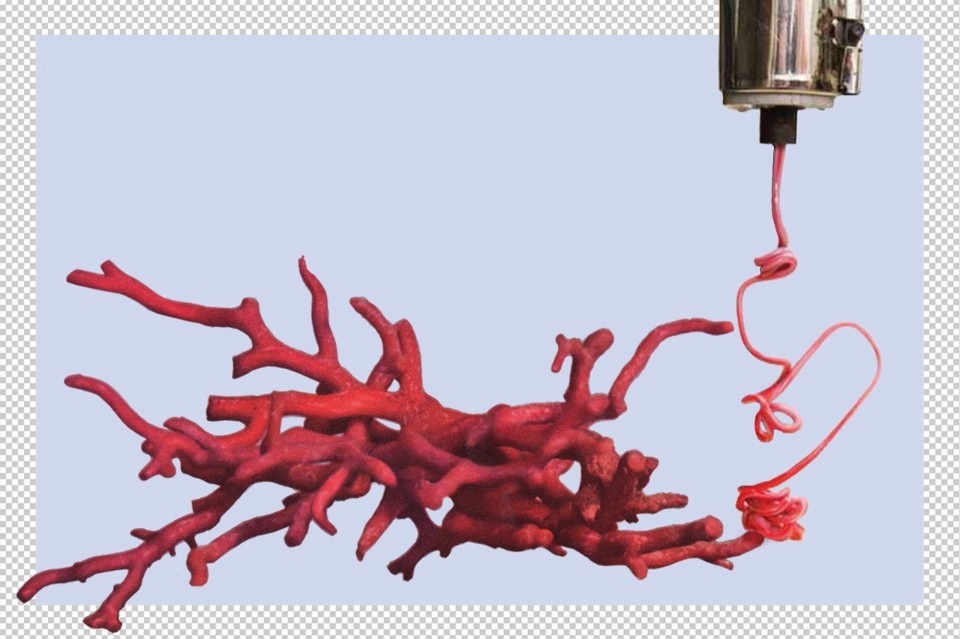
 View gallery
View gallery

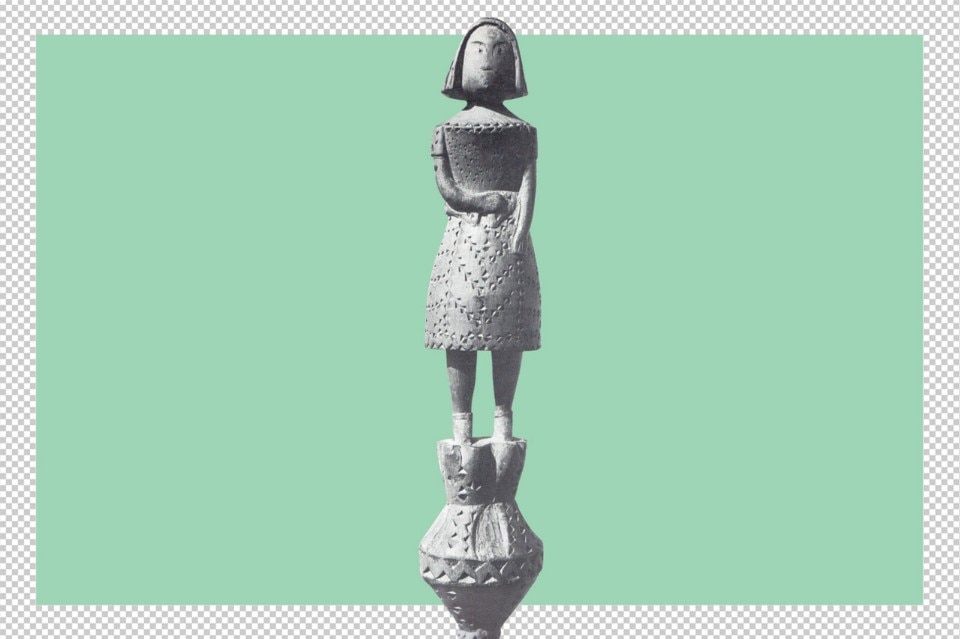
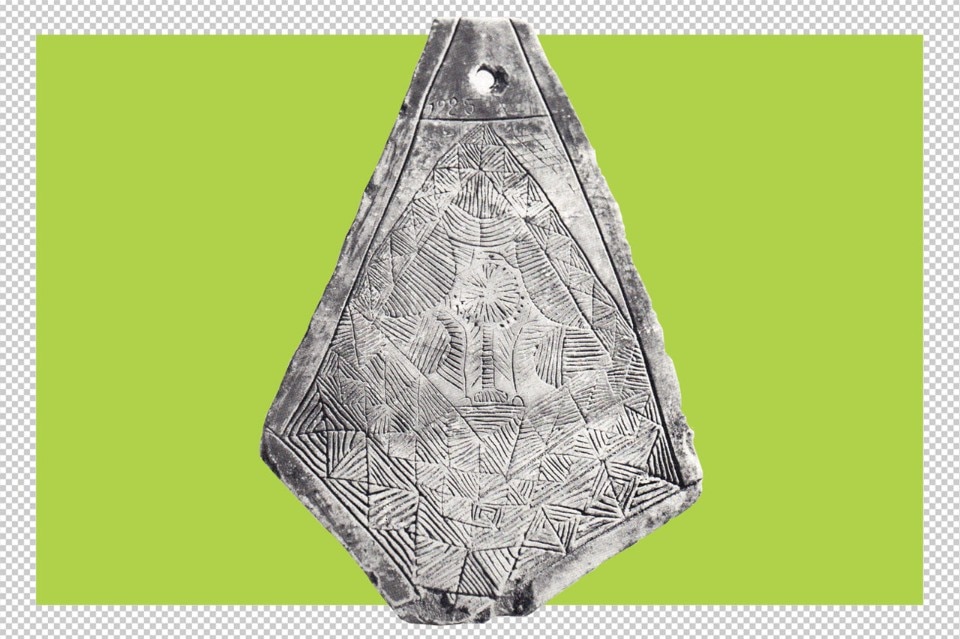
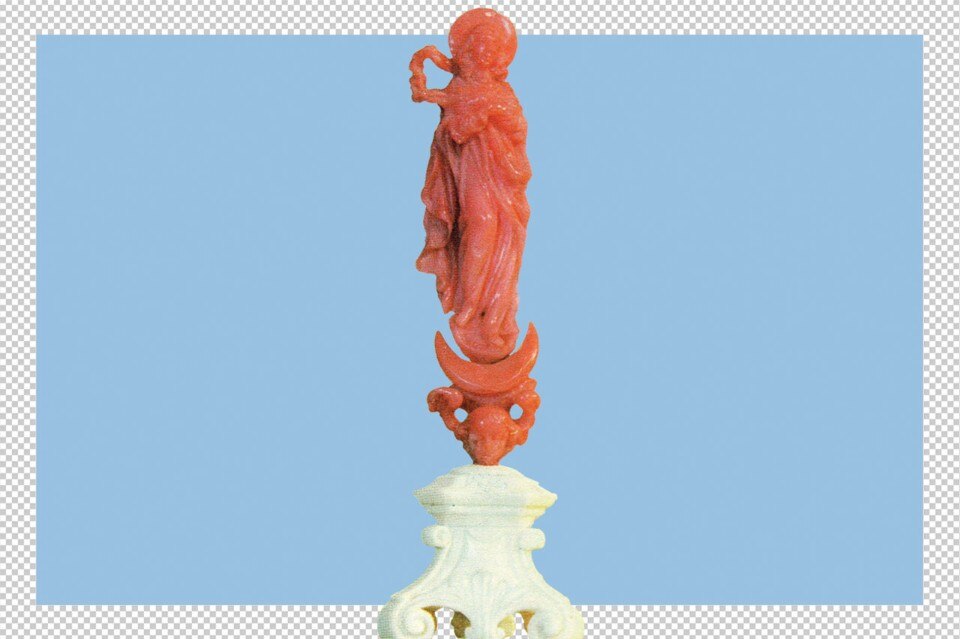
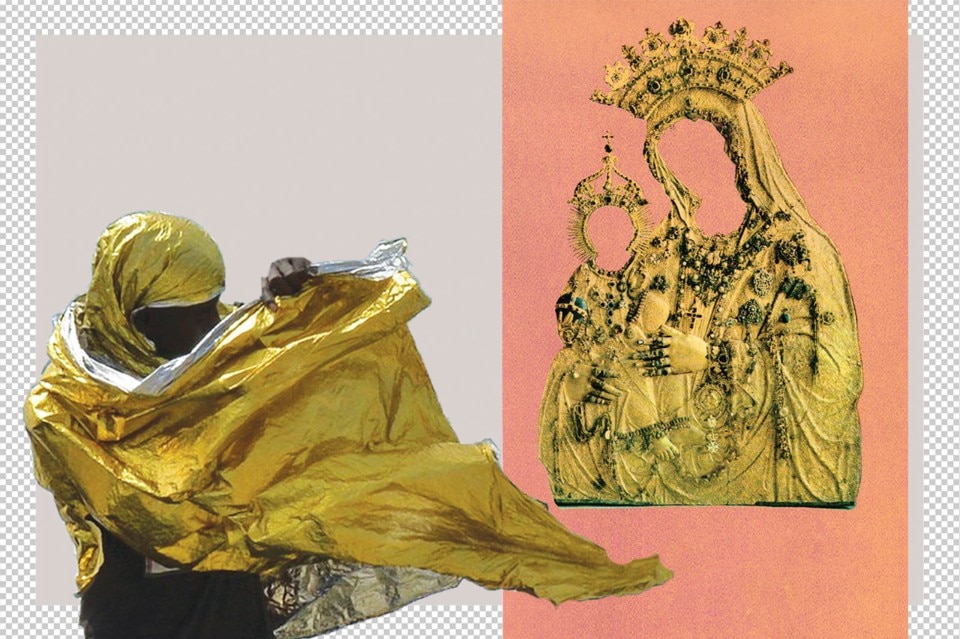
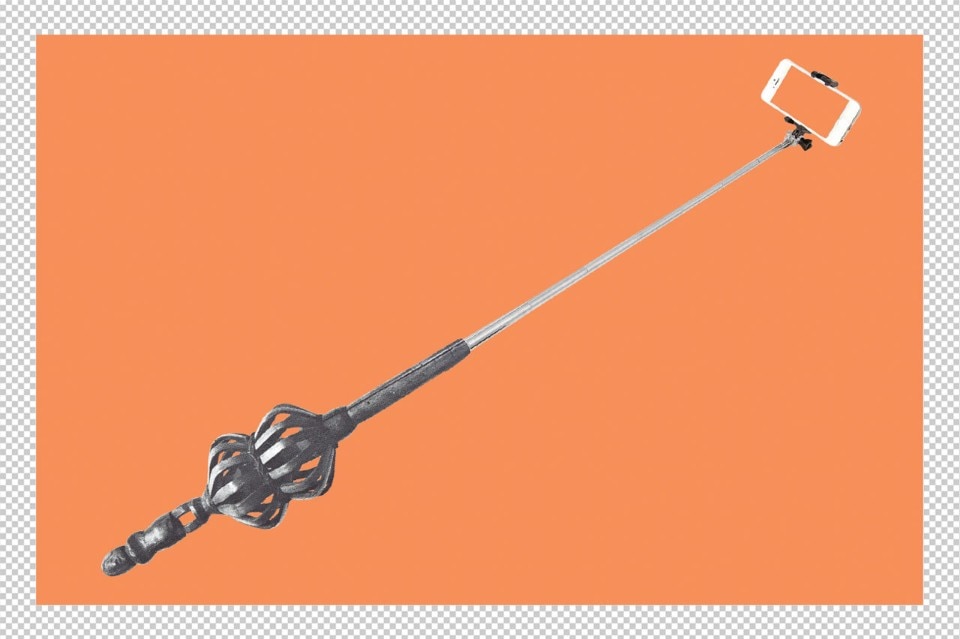
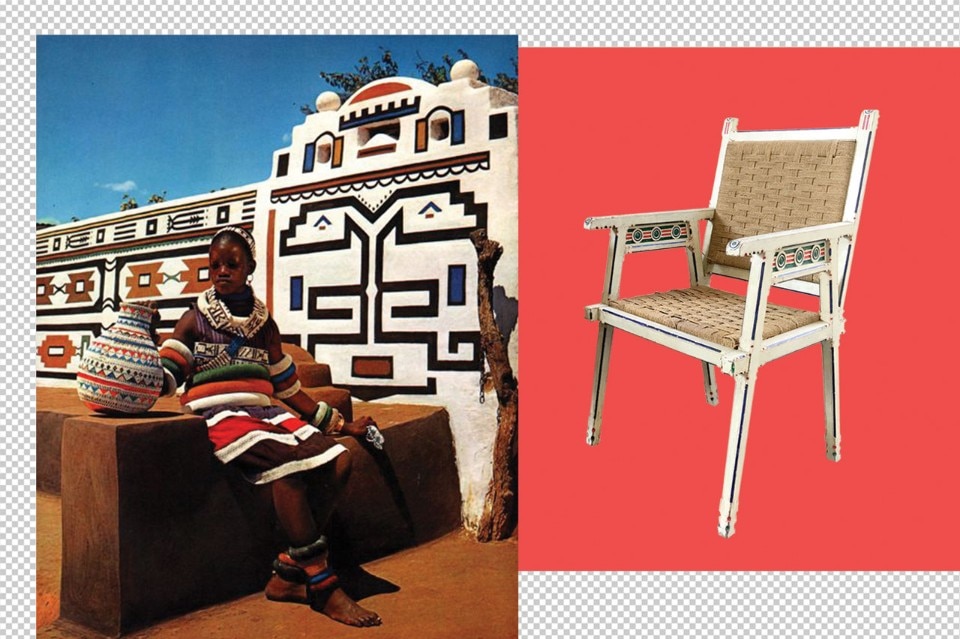
Migrants and a disintegrated manufacturing network are the stimuli to imagining a new notion of local production and renewed social structures. Is it an indication, an urge to bet on design for the rebirth of secondary areas?
The lack of public and private patrons favours the creation of a network providing mutual support, made up of cultural associations, social workers, designers and architects. When the patrons coincide with the participants in the project, it all becomes simpler in facing vaster problems by integrating knowledge, networks and professions. On the one hand, it’s an invitation aimed at other designers and creative people to shift to periphery contexts, where it’s harder to create “classic” design projects, and often there is no reference professional community. It is in these contexts that designing may be fundamental, by elaborating new processes and new forms with the humility of not being the deus ex machina of the situation but rather a participant in a complex social fabric. This approach is vital in an area that has always been subject to things that arrive from on high, from post-earthquake reconstruction (Belìce) to building and urban speculation (Sacco di Palermo, Zen).
Your design practices suggest modifying our social imagination. How have Palermo and Sicily reacted, and which projects are in store for the future?
Palermo is a city where it’s hard to get “under its skin”. We’ve been able to assemble a reference community that helps and supports us on our projects. This means mutual adaptation, and every day we learn something new about this city’s immense cultural heritage. We see our future in this land of contrasts. We’ve bet on projects that will engage us in the years to come. Our goal is to present our research to other institutions as well in order to create an international exchange and make the potential of this land known to others.


